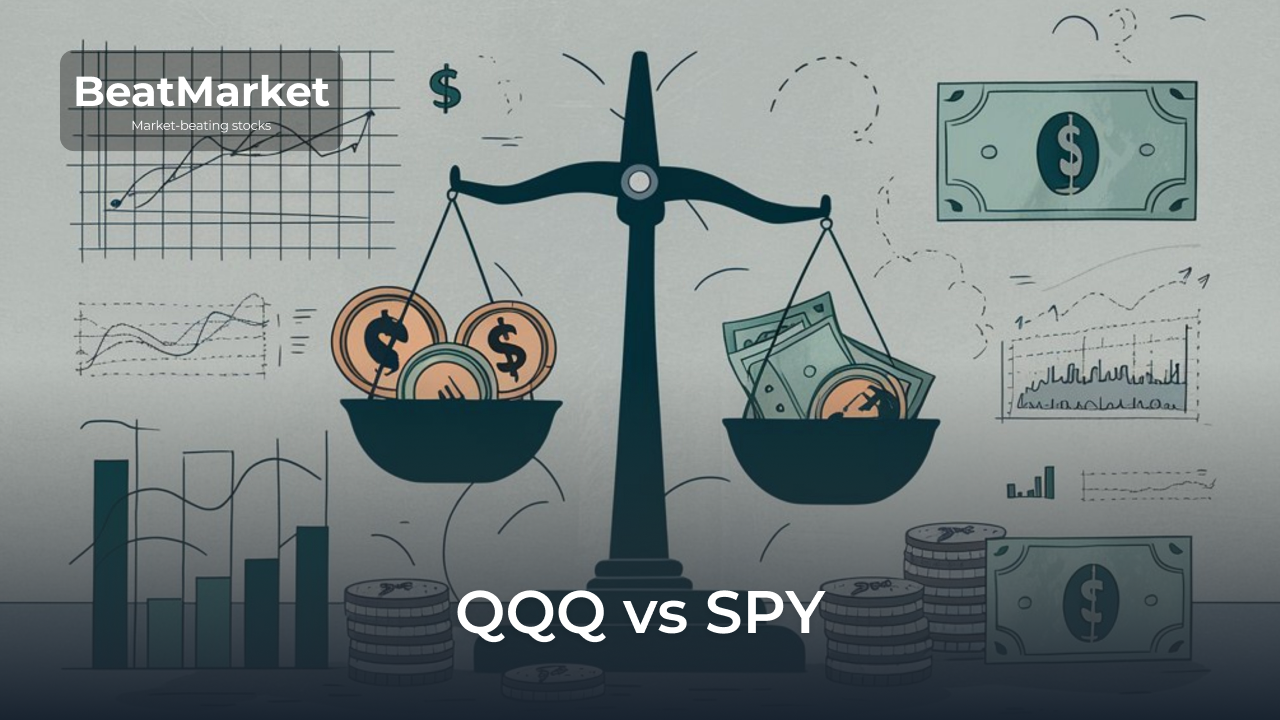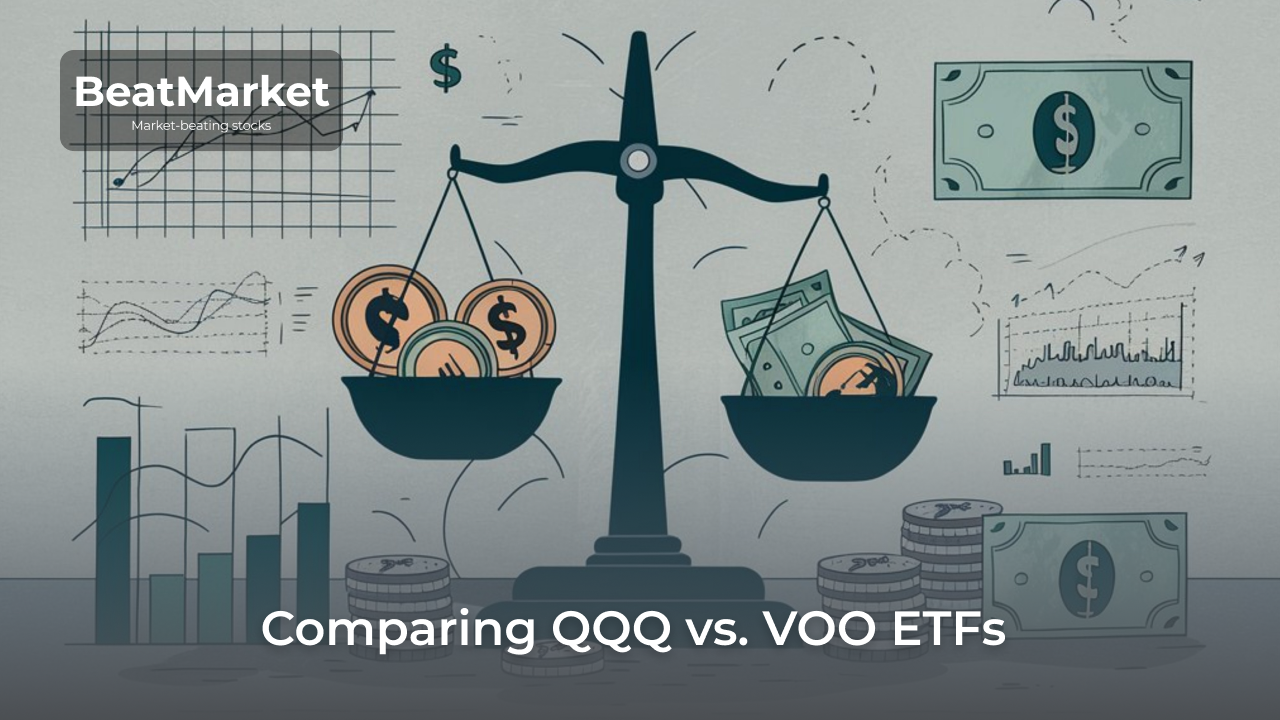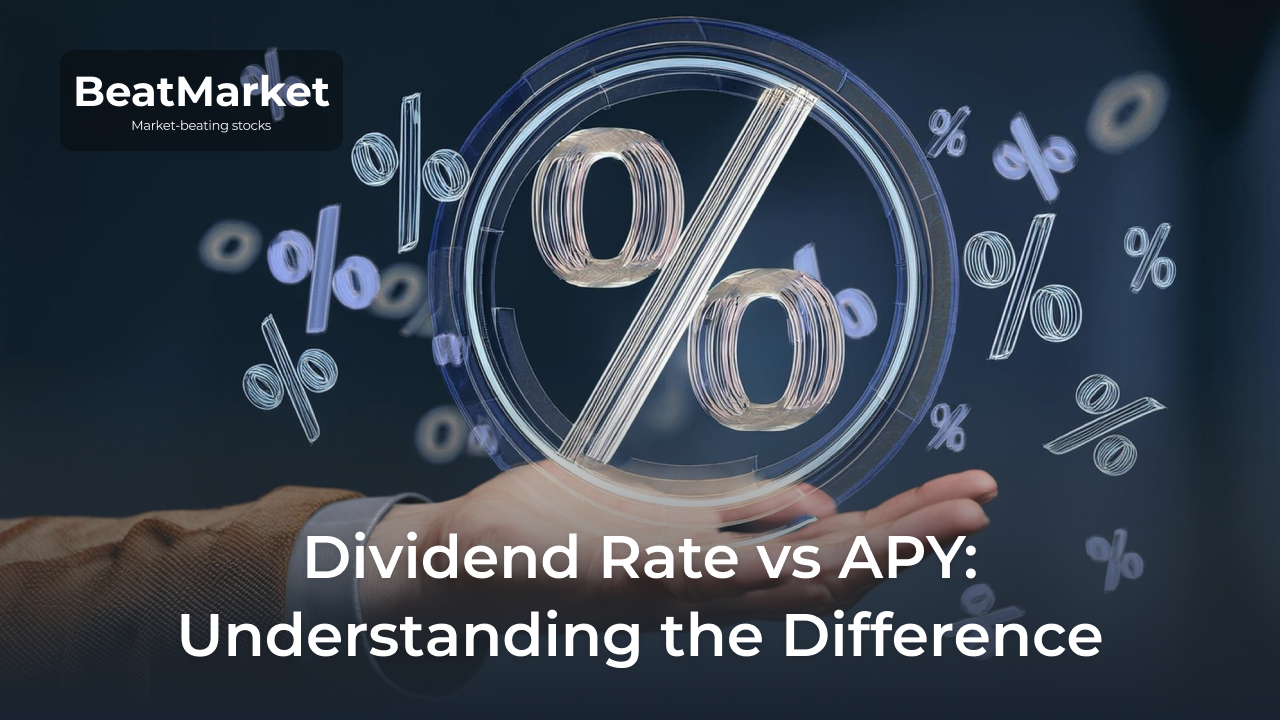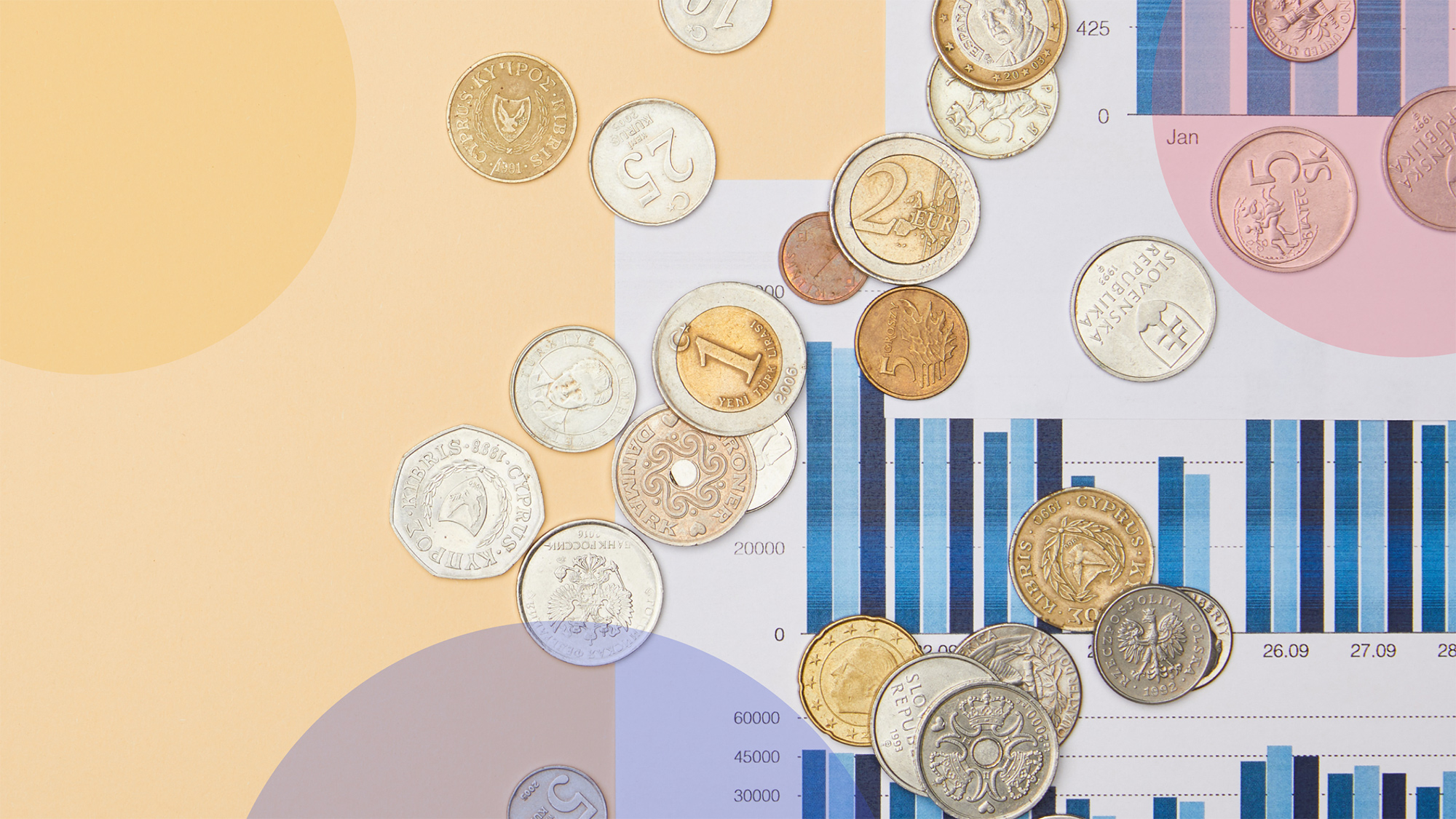The term has 4 meanings depending on the situation in which it is applied. More frequently it is used in the context of personal finance as a synonym for passive income. Here we will tell you what it is, what its advantages are and how to create its sources.
In addition, we will discuss what is it from the point of view of corporate finance and how to use this factor when evaluating the advisability of buying stocks of a particular company.
Table of Contents

Definition of Residual Income
it is a broad concept that is found in several areas and each has a slightly different meaning. In general, it can be said to be the part of net profit that remains after expenses are finalized. Some of the narrower definitions are summarized below:
- the amount that a product continues to bring in after the investment phase (of time and money) is over. For example, an author has written a book and, although he no longer puts in any effort, he receives royalties from sales. Or a person bought a bond once and now receives regular interest payments.
- the amount of money that remains available to a person after making mandatory expenses (this includes mortgage payments, credit card bills, utility bills, etc.). That is, it is money that can be used for savings or entertainment.
- the portion of operating profit that remains at the company’s disposal after all expenses necessary to generate it have been covered.
- is the portion of profit that exceeds the minimum rate of return.
What is passive income?
It is a regular cash flow with the source being neither an employer nor one’s own business. Financial receipts can be considered passive when the money received and its amount do not depend on a person’s daily activities.
It is usually divided into 3 types. These are profits that are generated by:
- renting out various objects (more often real estate or a car) on a long-term basis;
- business in which the person is not actively involved (e.g., he or she is a minority shareholder);
- intellectual property subject to royalties (e.g., a song or a book).
In theory, the definition implies that a person does all the work “upfront” and then only makes a profit. But in reality, additional efforts or costs may be required to maintain the cash flow. For example, finding new tenants, maintaining the rented object in proper condition, etc.
Passive income is not…
There are many forms of this income. But not all money sources can be attributed to it. They definitely do not fall under the definition:
- earnings at the main place of work;
- any active income, i.e. money that a person receives for performing a certain amount of tasks or working a fixed number of hours;
- financial instruments that do not generate cash flow (e.g., stocks with no dividends or cryptocurrency held in a crypto wallet).
Passive income is defined as the type of income only for those assets that bring regular payments, such as dividend stocks and bonds. It does not include “paper” profit from the growth of quotations.
Residual Income vs. Passive Income
It can also be discussed from the perspective of business and corporate finance. Passive income is usually discussed only in terms of personal finances.
When using the first definition and talking about personal finances, the opposition between passive vs residual is rather conventional. The difference between them is difficult to grasp, these terms can serve as synonyms. For example, they would both be suitable for referring to the cash flow that dividend stocks or bonds bring in.
Meanwhile, passive income will not always be residual. The same securities can be inherited rather than having to make an effort to create capital.
The main idea when using the term passive income is to receive money despite the lack of effort. When the phrase residual income is used, the emphasis is on accounting for the costs associated with creating and maintaining the source of income.
For example, a person owns a website that brings him passive income. But in order for it to work, it is necessary to pay for a domain, hosting, etc. Calculating this number allows you to determine whether it is really profitable.
It is also better to use the term residual income when it comes to profits from such objects as a training course, personal blog, etc. That is, those sources that will dry up when a person completely stops supporting them.
When the second definition is used, the term disposable income is a proper synonym. Yere it is all the person’s free money, which can be spent on entertainment and luxury goods, regardless of the way in which he received it. And passive income is all money, which is not time-consuming to receive. It does not matter what expenses they will be spent on.
How Residual Income Works
The principle is based on the ability of various assets to generate returns which:
- exceeds the cost of creating the source of income;
- continues to be received after the end of the active effort phase;
- remains stable over a long period of time.
Types of Residual Income
As already mentioned, the term has different meanings depending on the context. Let’s look at what is behind it in the most common cases.
Stock Valuation
Fundamental analysis has one of the main concepts – intrinsic value or fair value of a stock. There are different ways to calculate this value, one of them is residual income valuation.
This method of calculation takes into account:
- cost of equity (the company’s own and borrowed funds used to finance its operations);
- expected future income;
- the required rate of return.
Under this approach to fair value measurement, the calculation requires the following formula.
Residual income = Net income – Expenses on equity.
The cost of equity value can be calculated by multiplying its value by one of the ratios:
- the cost of capital (dividend expenses, etc.);
- the required rate of return on equity.
When a company has a high cost of equity, there may be a situation when a positive net income will result in a negative residual one.
The advantage of this approach to equity analysis is that it allows us to see the economic inefficiency of the company, which is sometimes masked by accounting profits.
Corporate Finance
The residual income method can then be used to assess the efficiency of capital investments, as well as the performance of a departmental team or division of the company. The following formula is used.
Residual income = Operating income – costs required to generate profit.
The second component of the formula (deductible) can be found as the product of the minimum required return and the amount of operating assets.
Corporate residual income is often referred to as profit in excess of a certain rate, the amount of which depends on the risk level and many other factors.
Personal Finance
In personal finance, the term is sometimes used synonymously with disposable or discretionary income. That is, it refers to the amount of money a person can dispose of at his or her discretion. This is the free money left over after making monthly payments on utility bills, interest expenses on loans, etc.
Personal residual income is an important criterion that banks take into account when considering a loan application. It shows whether a potential borrower will be able to increase his monthly debt payments.
But when it comes to non-lending, when talking about this type of income, they usually mean financial flows unrelated to the direct place of work.
Online business
Online business is the sale of goods or services via the Internet. Its launch at the first stages requires a lot of money and effort to be invested, just as for the creation of an offline enterprise.
In this case, in order to calculate the income, you must subtract the costs of organizing the business from the profit earned.
How To Calculate?
How to calculate it depends on the context. In personal finance, it can be done in 2 ways.
For credit purposes, the amount a person allocates to discretionary spending or saving is calculated. This is the difference between their total income for the period and their mandatory monthly expenses.
In financial future planning, it is calculated as the sum of all dividends, coupon payments, rent payments, etc. that a person receives.
In corporate finance, it is estimated using the following instruction:
- The profit of the company is calculated. An investor can find this figure in the income statement.
- The cost of capital is calculated. Various methods are proper for this purpose, the most popular one is the Capital Asset Pricing Model (CAPM). In very general terms, this is the return expected by shareholders.
- The book value of shareholders’ equity is found. This is the value of common stock together with retained earnings and additional paid-in capital. You can find out this value from the company’s balance sheet.
- The cost of equity is determined. To do this, multiply the numbers obtained in the second and third steps.
- The residual income is calculated. That is, from the net income (found in the first step) subtract the cost of equity (calculated in the previous paragraph).
The value obtained in this way is also called economic profit.
Examples
The following examples will help to better understand the principle of assessing business performance using the residual income model.
Let’s consider a small capitalization company Accel Entertainment Inc. The following data are given as input conditions:
- net income for 2022 was $74.1 million;
- the total amount of equity capital shown in the balance sheet for 2022 is $178.59 mln;
- the cost of capital is assumed to be 16% (taking into account that investments in small capitalization companies are associated with increased risk).
Based on the available data, we conclude:
Residual income = 74.1 – 178.59 x 0.16 = 45.52
That is, this one of Accel Entertainment Inc. for 2022 was $45.52 million.
The screenshot below shows how to do the calculation using Excel.
| B5 | fx=B1-B2*B3 | |
| A | B | |
| 1 | Net Income | 74100000 |
| 2 | Equity Capital | 178590000 |
| 3 | Cost of Capital | 0.16 |
| 4 | 45525600 | |
| 5 | Residual income | =B1-B2*B3 |
As a second example, consider a large capitalization company Caterpillar.
Let’s take the following data as input conditions:
- net income for 2022 was $6.7 billion;
- the total amount of equity capital shown in the balance sheet for 2022 is $15.9 bln;
- the cost of capital is assumed to be 10% (taking into account that investments in large-capitalization companies included in the S&P 500 are considered a fairly safe investment).
Based on the available data, we obtain:
Residual income = 6.7 – 15.9 x 0.1 = 5.11
That is, Caterpillar in 2022 had $5.11 billion.
Thus, both of these businesses are efficient not only from the accounting point of view, but also from the economic one.
Let’s consider a notional newly created company and evaluate how effective the investment in it will be. The following values are given as initial parameters:
- net income for 2022 – $2 mln;
- total assets of the company – $30 mln;
- equity to debt ratio – 60/40;
- the cost of capital is assumed to be 20% (taking into account that investments in a non-public business are very risky).
In this case, the calculation would be as follows:
Residual income = 2 – 30 x 0.6 x 0.2 = -1.6
I.e. this company does not generate this figure. The profit from investments in it at the moment is lower than expected. For the initial stages of business development, such a situation can be considered natural. And the investor needs to evaluate not a single value, but the dynamics of the indicator.
However, when negative number is demonstrated by one of the subdivisions of a large company, this may be a reason for the management to think about outsourcing its functions.
How to create Residual Income
Let’s get back to the topic of personal finance and consider several ways to create sources of this kind of income. They can be roughly divided into several types.
The first is those that require substantial financial outlays and minimal effort. First of all, these are income generating investments, as the selection of assets can be entrusted to a financial advisor or robo-advisor. This type of the sources includes:
- High-yield savings accounts or deposit certificates. When choosing a bank that participates in the federal insurance program, such investments can be considered risk-free.
- Bonds with coupon payments. These are debt obligations of the state or companies. Their holder regularly receives fixed payments. When the security is redeemed, its nominal value is returned to him. There is a risk of bankruptcy of the issuer. But it can be assessed in advance by credit rating.
- Dividend stocks. Such investments also bring regular income without any effort from the recipient’s side. But the return of invested money is not guaranteed. Stock prices may fall at any time, then sell them only at a loss. And the size of dividends may decrease or payments will stop altogether.
- Index fund stocks. For example, ProShares S&P 500 Dividend Aristocrats ETF (NOBL). This investment provides greater cash flow stability due to good diversification.
- REIT funds. This is a way to make money in real estate with minimal effort. Under the law, REITs pay out 90% of their profits to shareholders.
- P2P lending. This is a risky way to make money, but it yields higher returns than buying bonds.
- Real estate crowdfunding. This is another way to make money in real estate for people with little capital who are not ready to buy actual properties.
One of the most popular passive income ideas is to invest in real estate and rent it out. But you have to remember that this way of earning money involves extra effort and expense. It is not enough to buy a house once and find a tenant.
The second type of sources – those that require considerable effort, but can be created with minimal financial costs. For example:
- writing a book;
- creating a training course;
- development of a mobile application, etc.
Additional efforts may be required later on, for example to keep the course up to date or to update the application. But these are considerably lower than the initial ones.
The third type can include popular ideas, the realization of which will require some measures to maintain constant operation:
- Creating your own online store. You can choose to work on the principle of dropshipping to make earnings as passive as possible. The alternative is to sell the results of your hobby and assemble a team to do the main work of interacting with customers.
- Selling digital goods, such as photographs. The disadvantages are the need to constantly update the product base and unstable cash flow.
- Managing a youtube channel, website or instagram blog. The main income in this case will come from advertising and selling affiliate or own products.
- Renting out the items that are rarely used. For example, lawn mowers, tents, any things that are used for a short period of time, so that a person does not want to buy them. The disadvantages are the need to be proactive to find renters and the risk of property damage.
- Acquisition of a small online or offline business. This solution allows you to skip the most difficult stage and immediately get a functioning source of income. But a person must be well versed in the field in order not to buy an unprofitable business.
The income generated by such actions can be called residual income, since it is assumed to exceed the cost of its creation. In addition, it will not dry up when a person does not pay attention to it for a short time.
But such earnings are not proper for the definition of passive income, because you will still have to monitor the state of the business, create new content for the site, blog, etc.
There are also quite creative methods of getting a little extra money with no extra effort. For example, some companies are willing to pay for advertising on a car.
Why is residual income important?
The measure of a person’s financial well-being is not the salary, but the ability to finance oneself in the event of losing one’s job. Having several sources of passive income provides this opportunity.
It is crucial that they are profitable without requiring a significant time investment to maintain their operation. Thanks to securities, rental property, your own website or mobile app, it is possible to make money even while you sleep.
The higher a person’s passive income, the more opportunity they have to choose activities based on their interests rather than how well they are paid.
Is Residual Income Taxable?
All types of them are taxable. A rare exception is people with small total earnings. They will be subject to a 0% tax rate on certain types of financial income.
For example, this rate may apply to qualified dividends, provided the person’s taxable base did not exceed $44,625 ($59,750 for the head of household) in 2023.
Different types of tax-advantaged accounts can also help minimize taxes from investment passive income. For example, a 401(k) or an IRA.
In some other cases, however, there may be a situation where a person pays twice. For example, when a person rents out a house he owns, he must pay both property taxes on the ownership itself and tax on the rental income.
The Bottom Line: Key Takeaways
In order to create an asset that generates passive income, it is necessary to make efforts and spend some money. In return, a person receives a source of profit, which amount does not depend on his personal participation.
The main thing to remember is:
- Both terms are often used synonymously. The differences between these concepts are rather elusive. But the first word combination can have other meanings.
- Residual or passive income can not be considered something that depends on the number of hours worked or tasks completed.
- The sources of the income can be either someone else’s business or your own work.
When it comes to corporate rather than personal finance, it is an economic concept that is used to evaluate investment performance.
FAQ
What is an example of a residual income?
Sources of this type of income are investments that generate a constant cash flow. This could be coupon bonds, dividend stocks of individual companies, ETFs or REITs.
Another example is the profits generated by your own intellectual endeavors (a book, training course, or mobile apps). Once the creation phase is complete, they will be sold and bring in money, no longer requiring a significant time investment.
How do you make residual income?
To start receiving this type of income, you need to spend time and money on creating its sources. For example, buy securities, develop a mobile application, write a song, etc.
What’s better passive or residual income?
A completely passive income is certainly preferable to one that requires some effort to maintain. For example, when a person has created an accounting training course but does not update it, over time the lessons will no longer be purchased. This will probably happen before the initial investment is recouped. Fully passive income will not dry up because the person does not have the time to maintain its source.
Is residual income worth it?
Creating passive income requires monetary and time expenditures. But the result a person gets is certainly worth it. The higher his personal residual income is, the more sources of funds he has besides his salary, the closer he is to financial freedom.




















